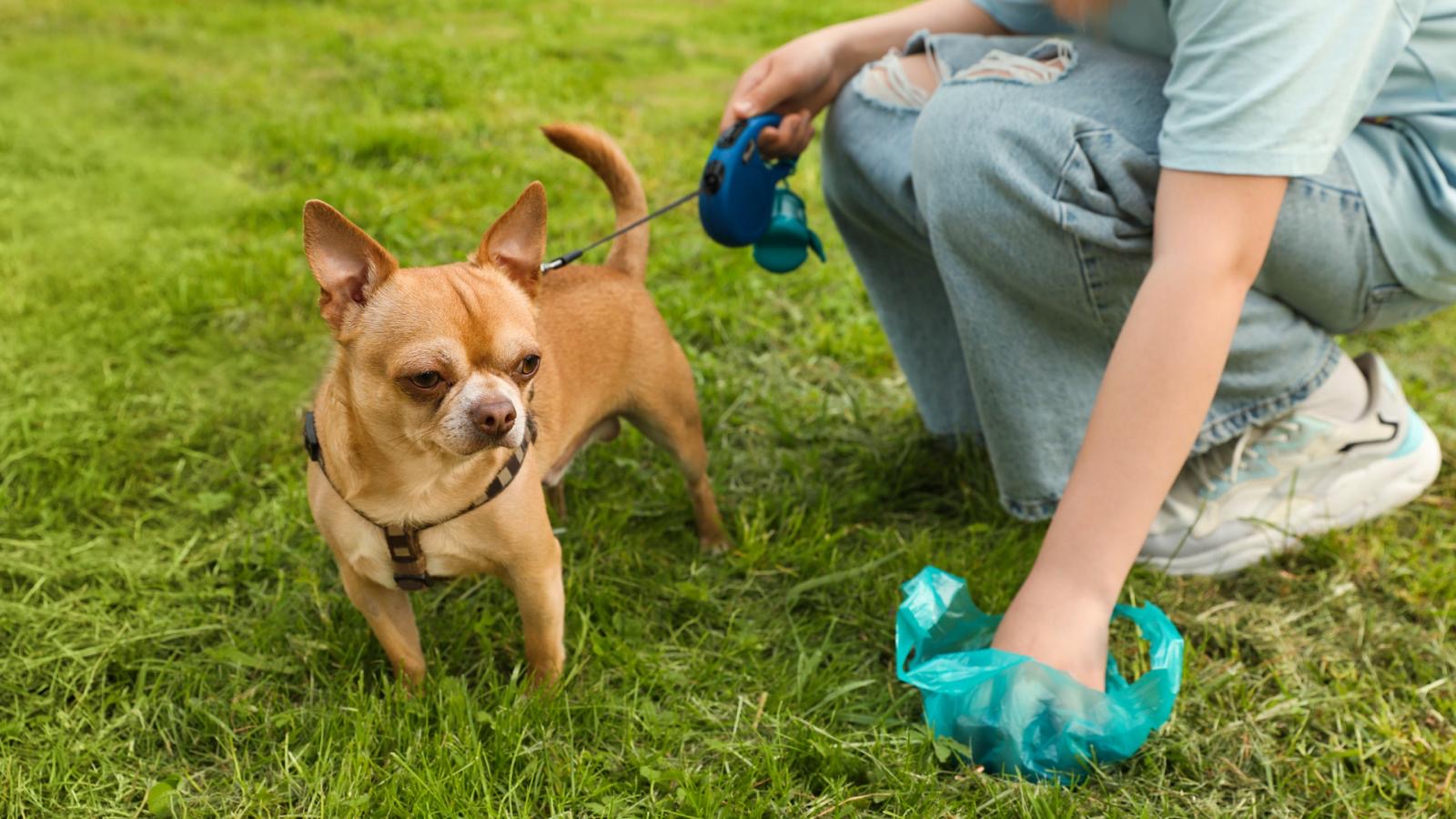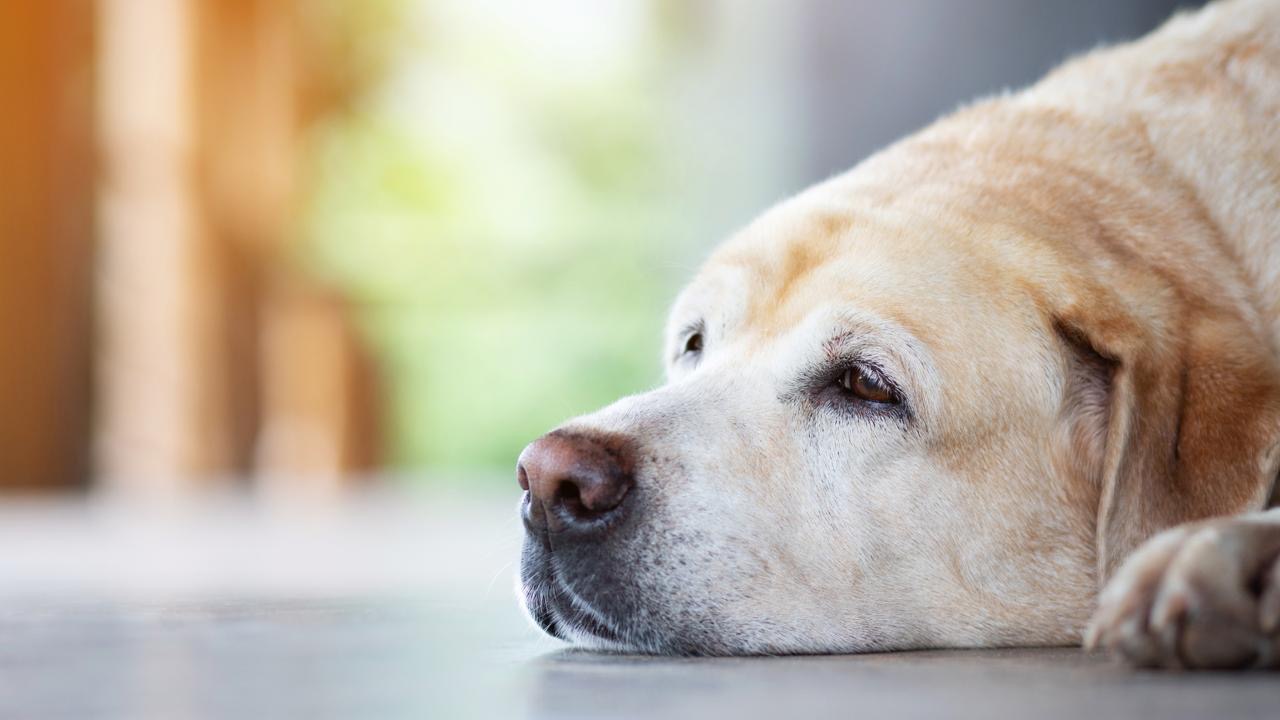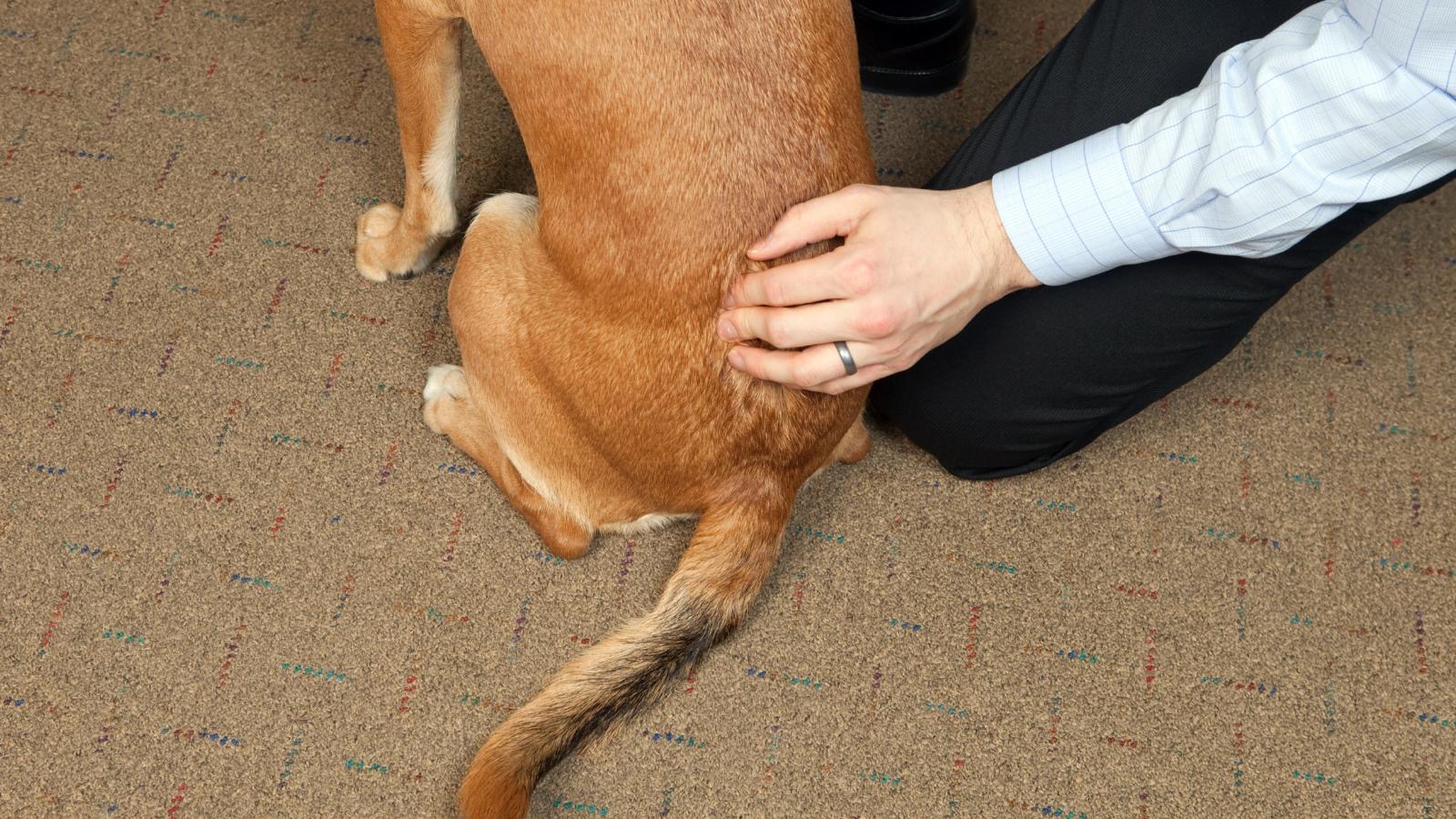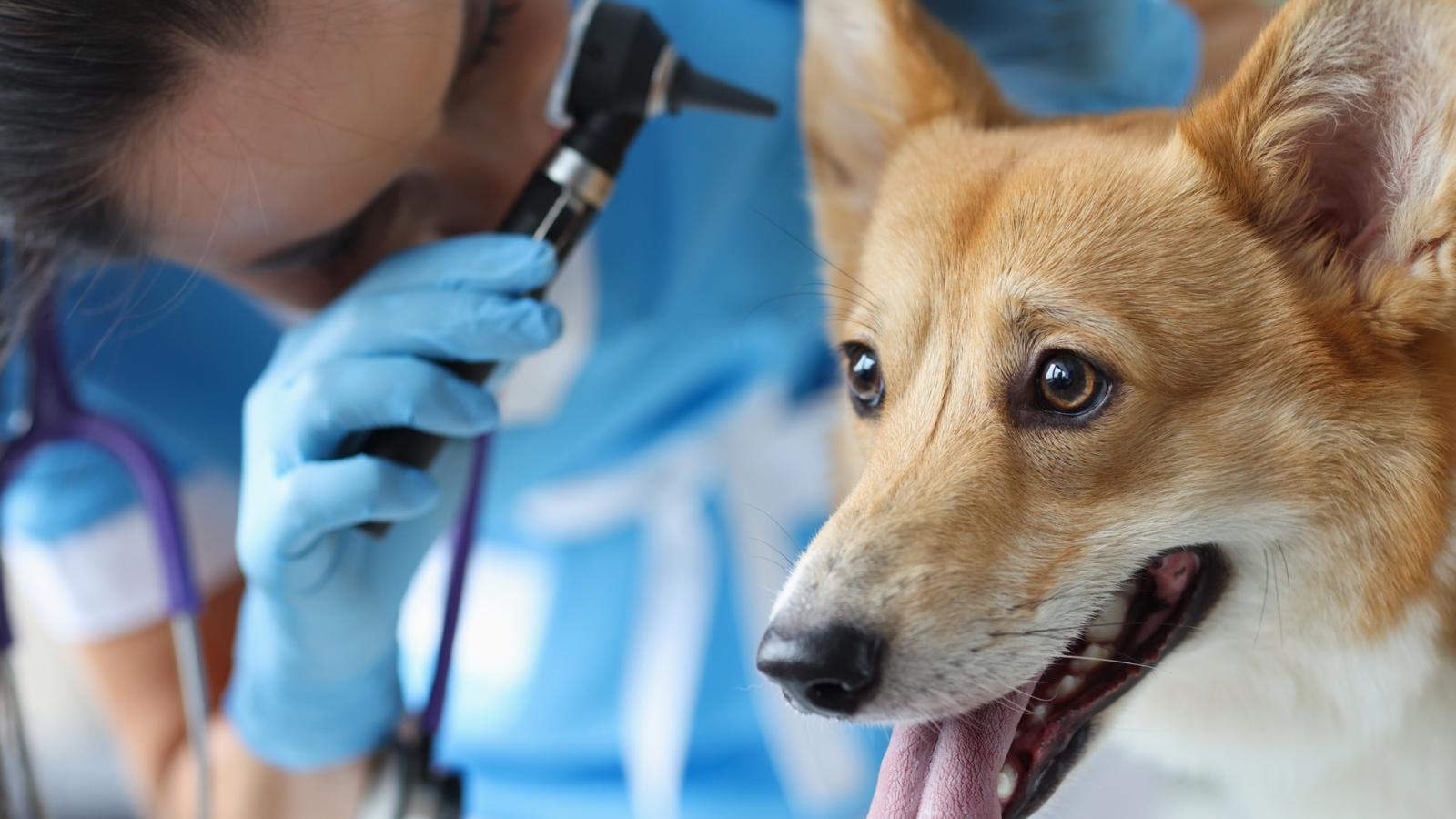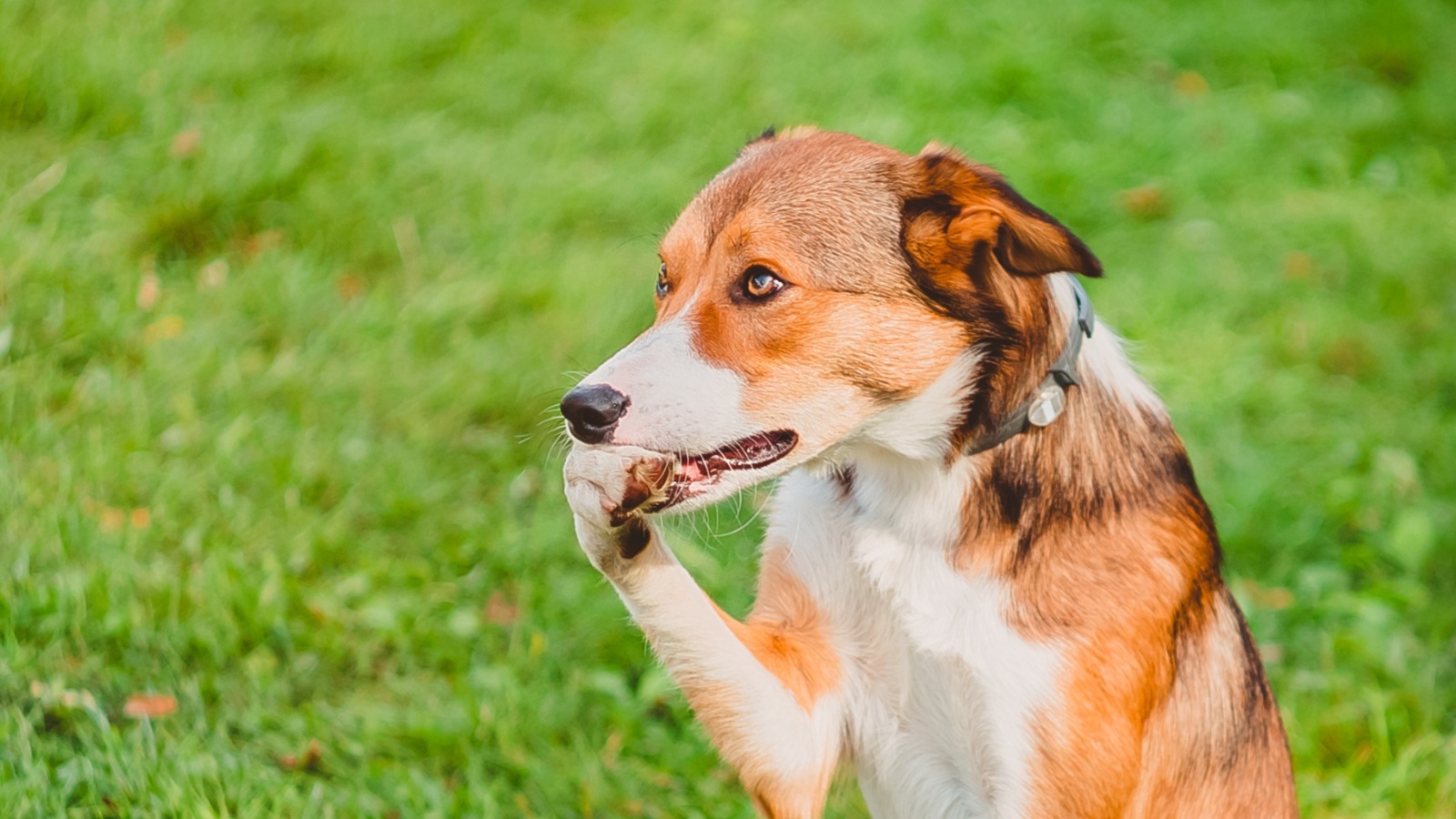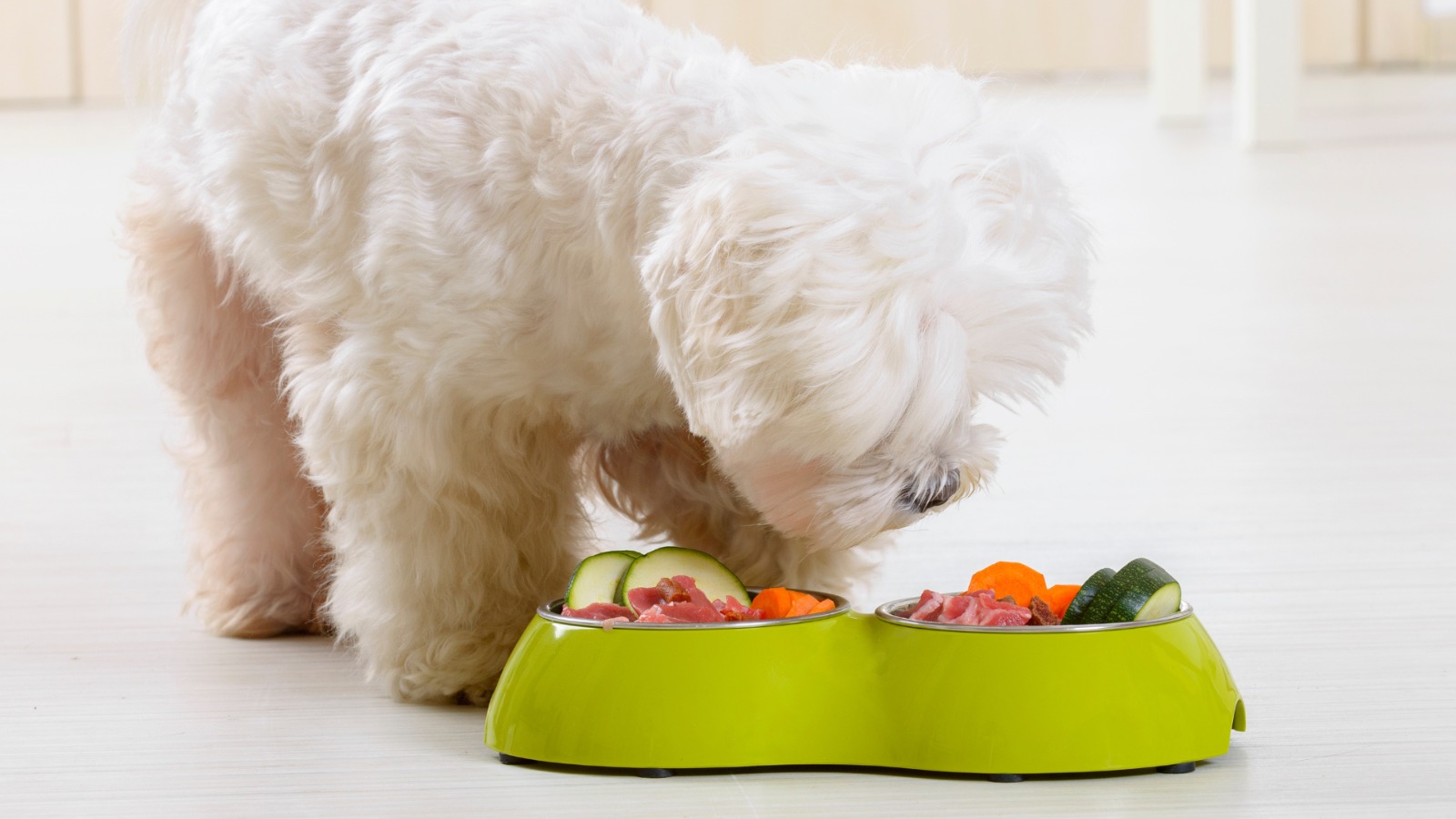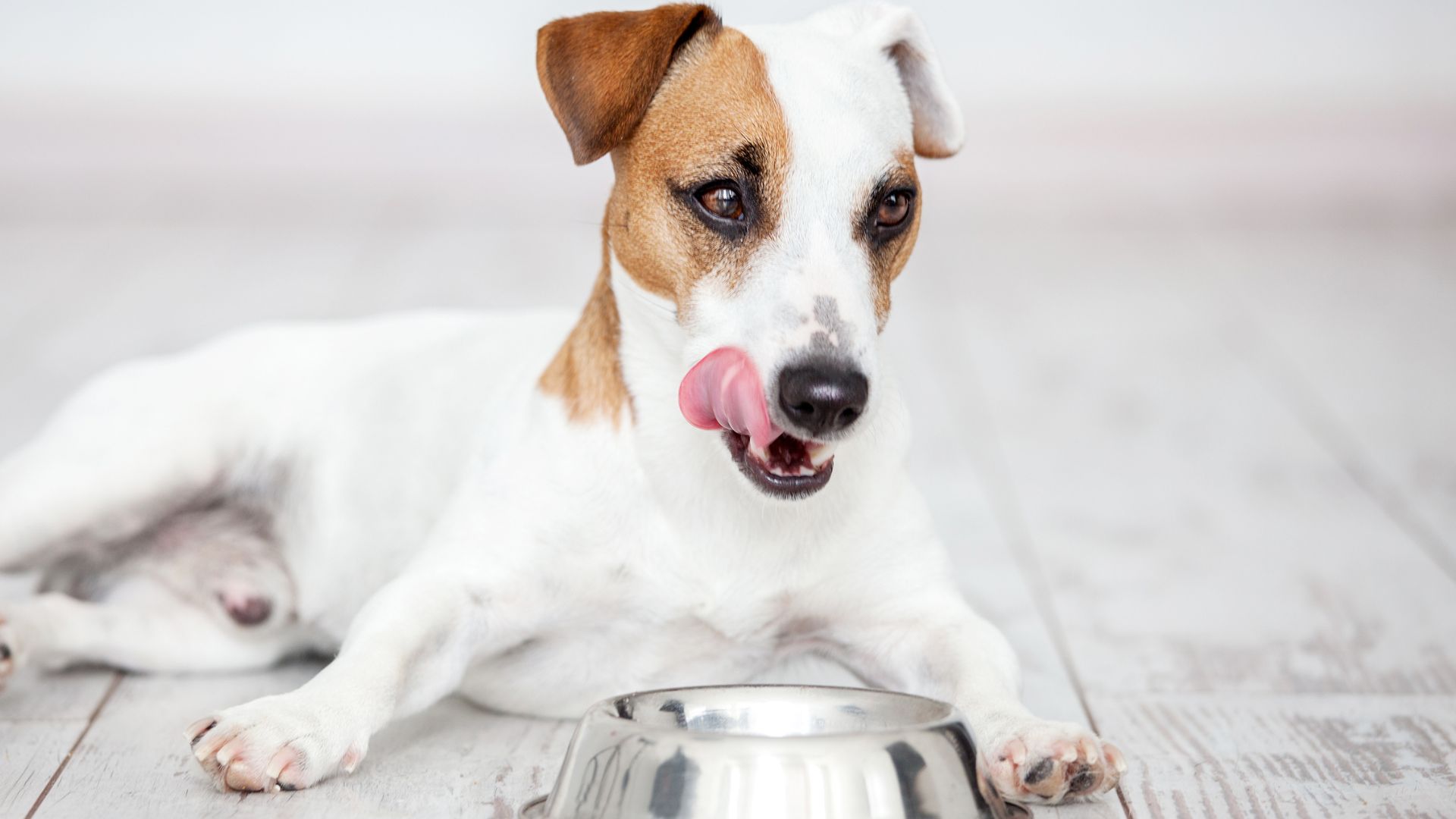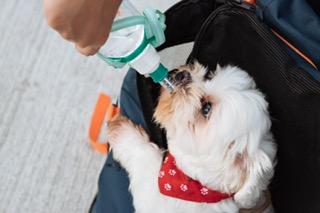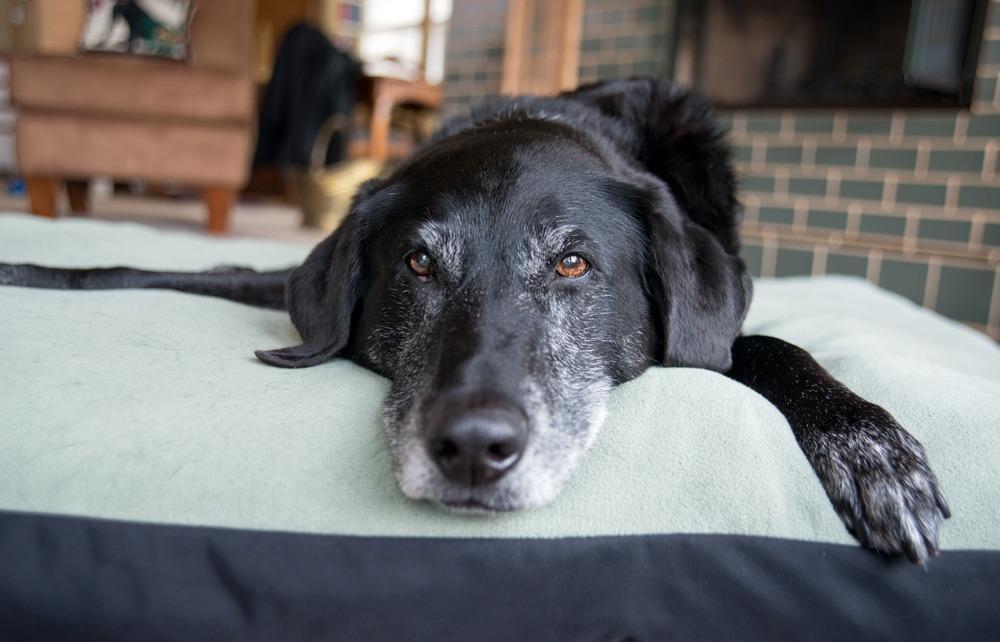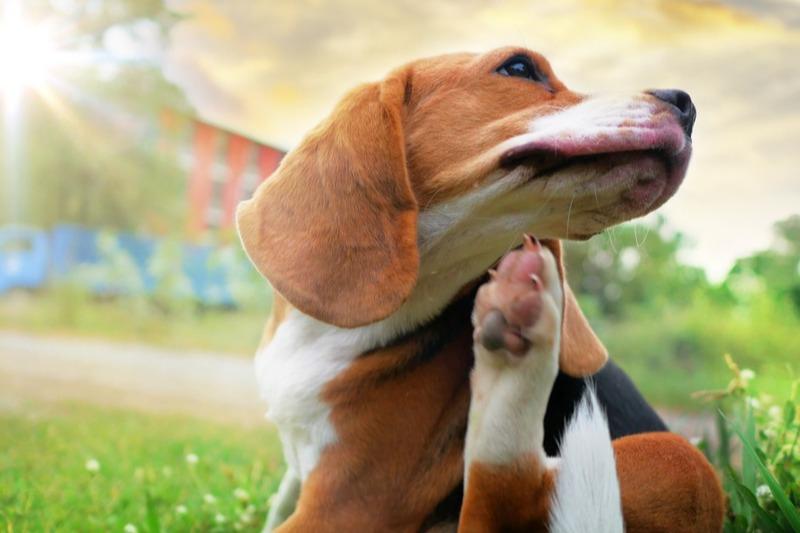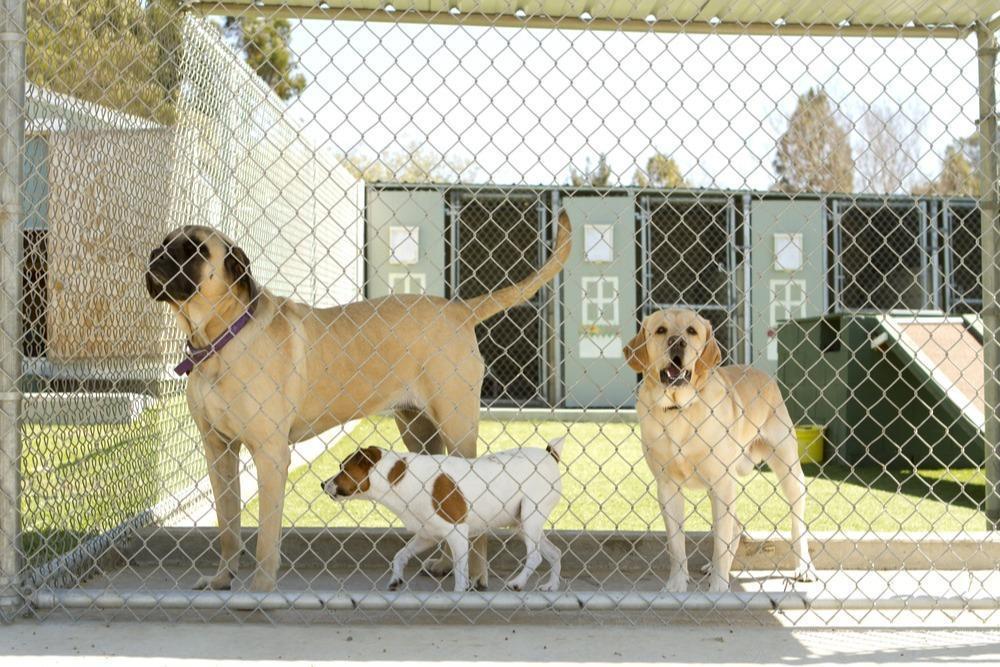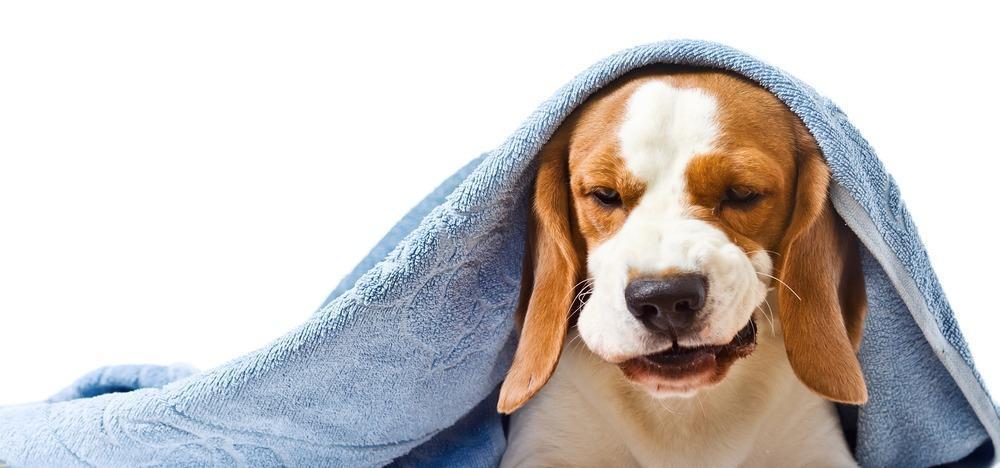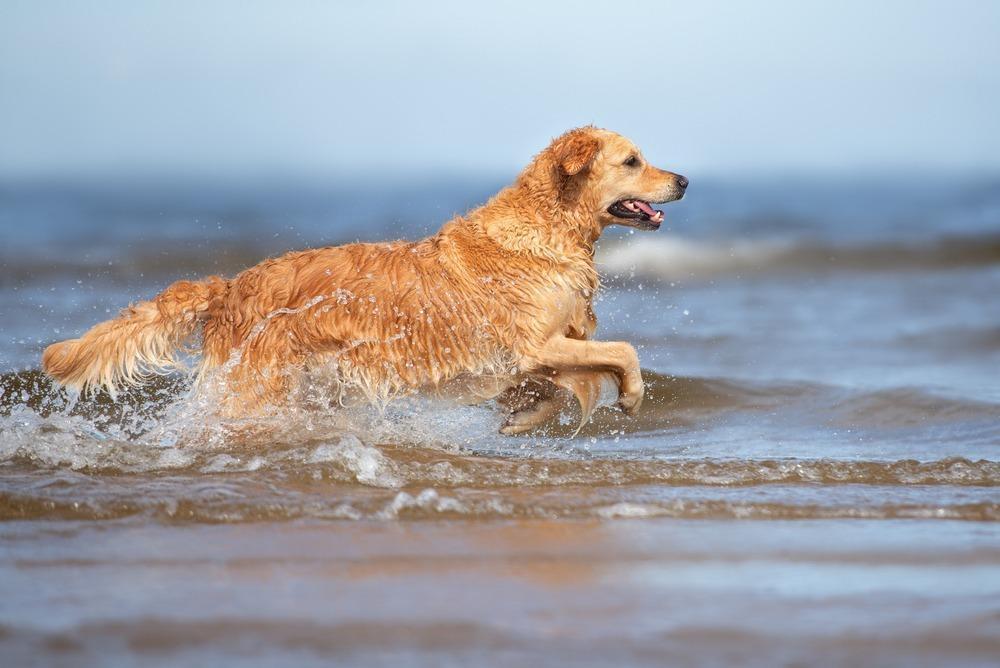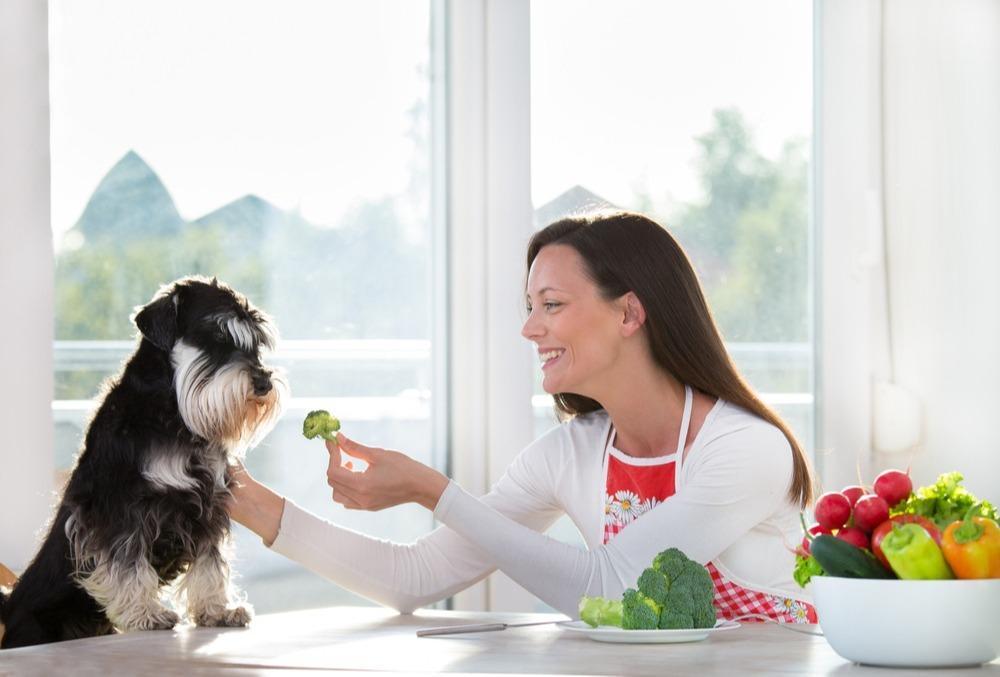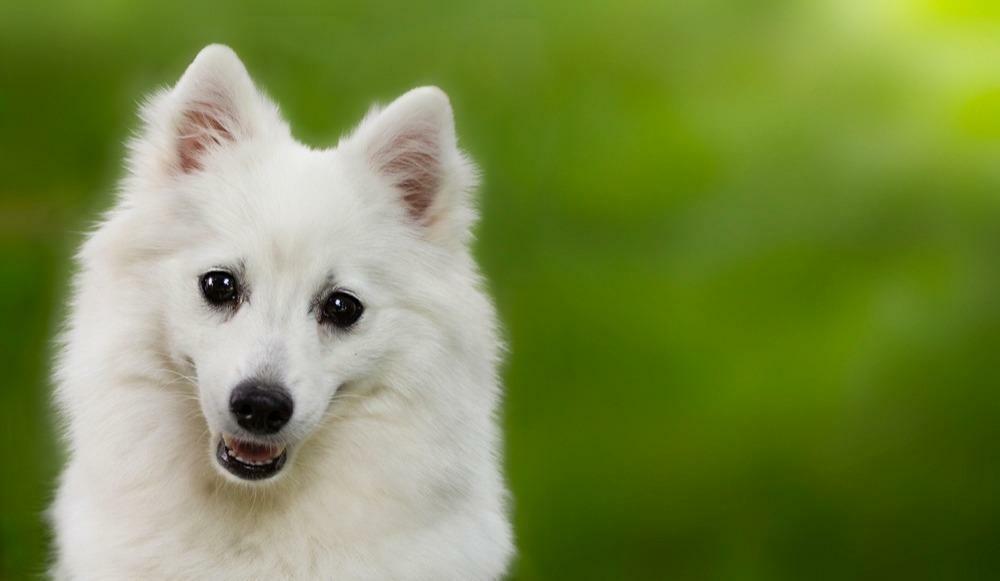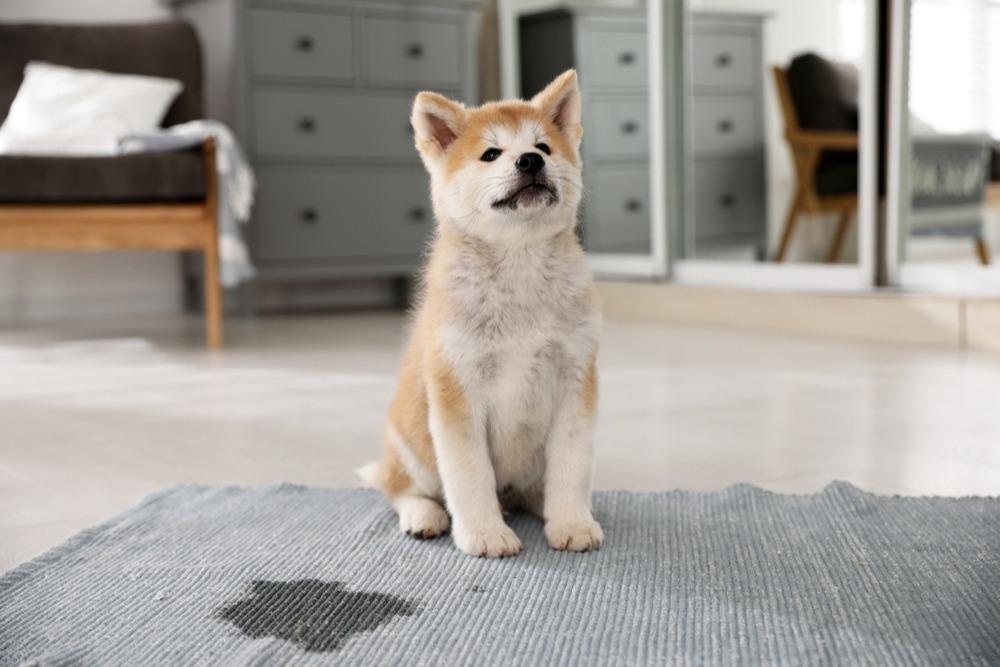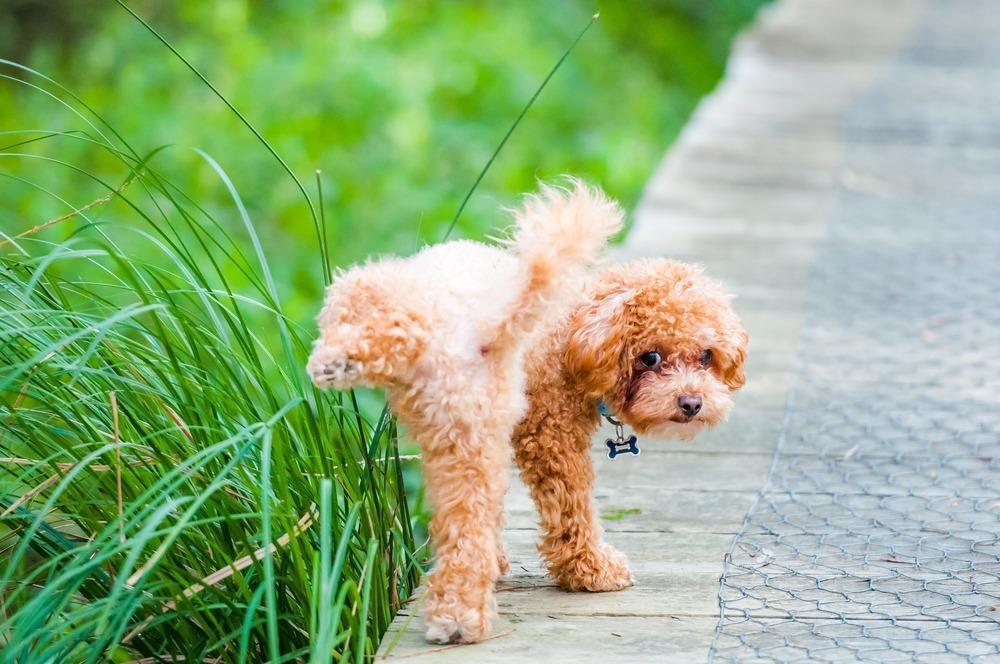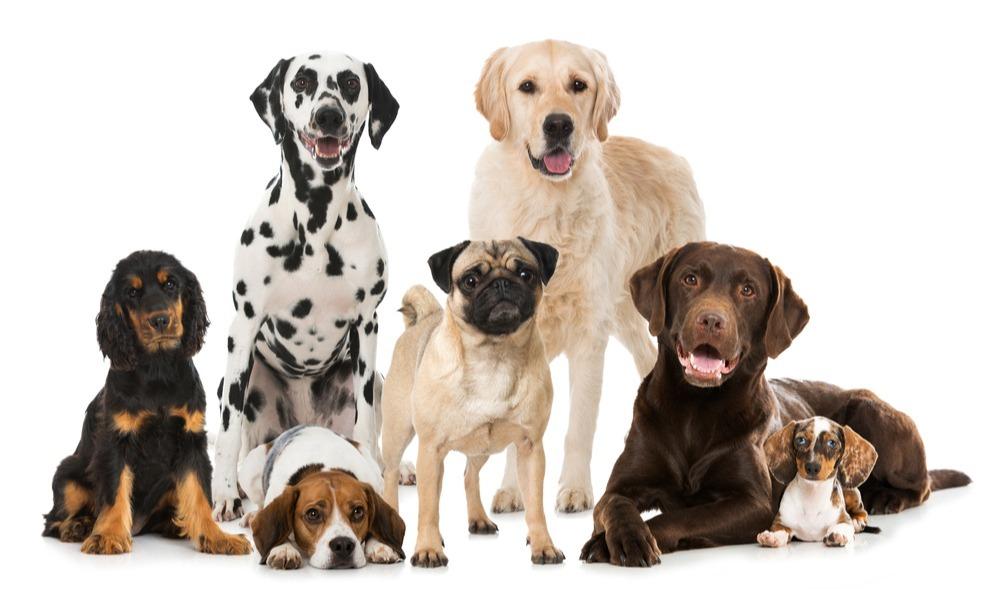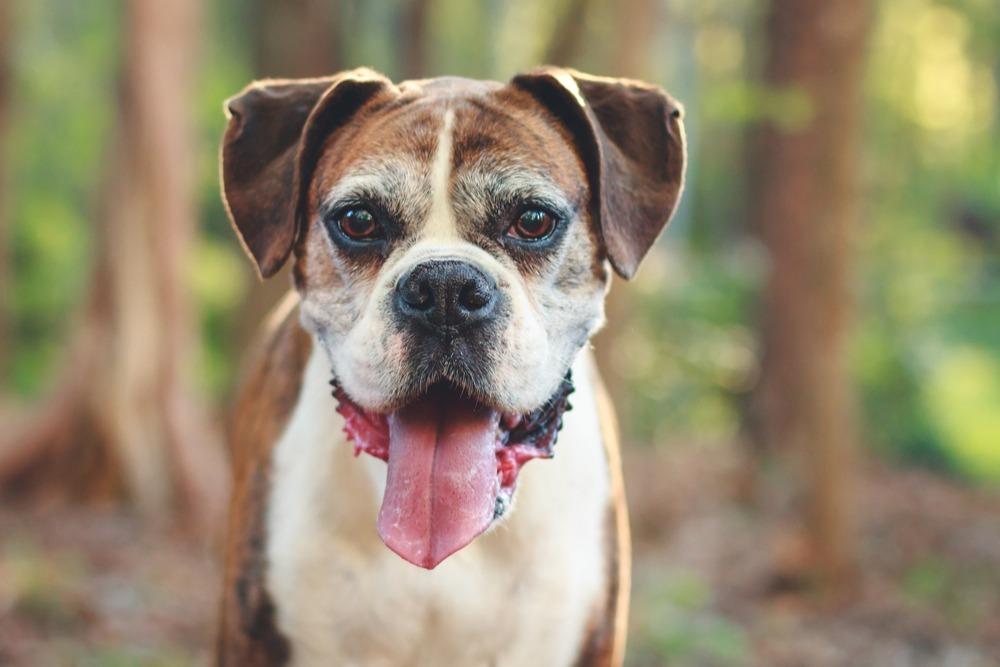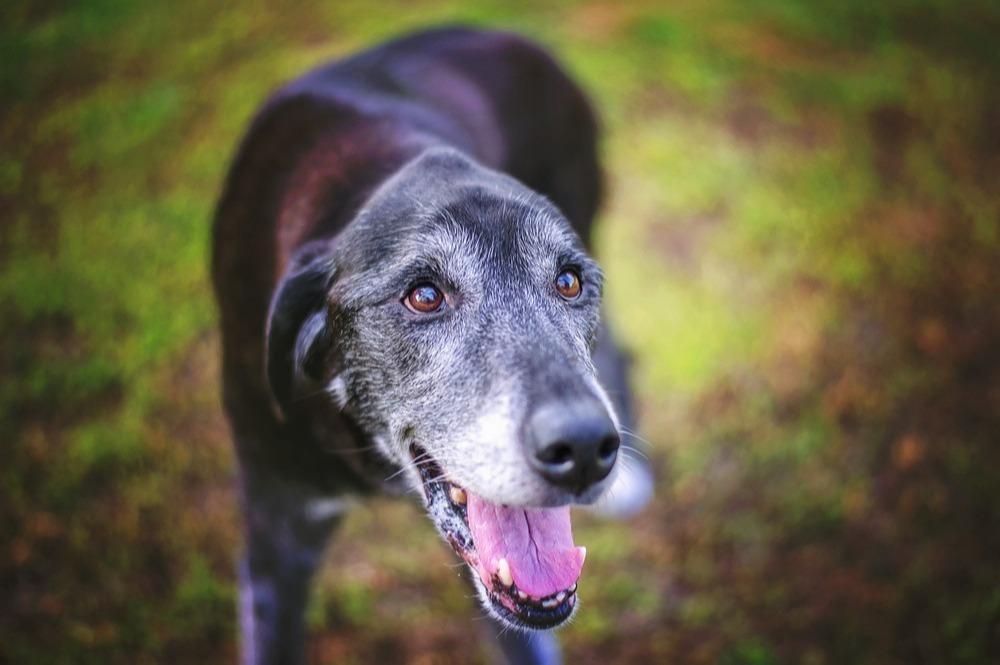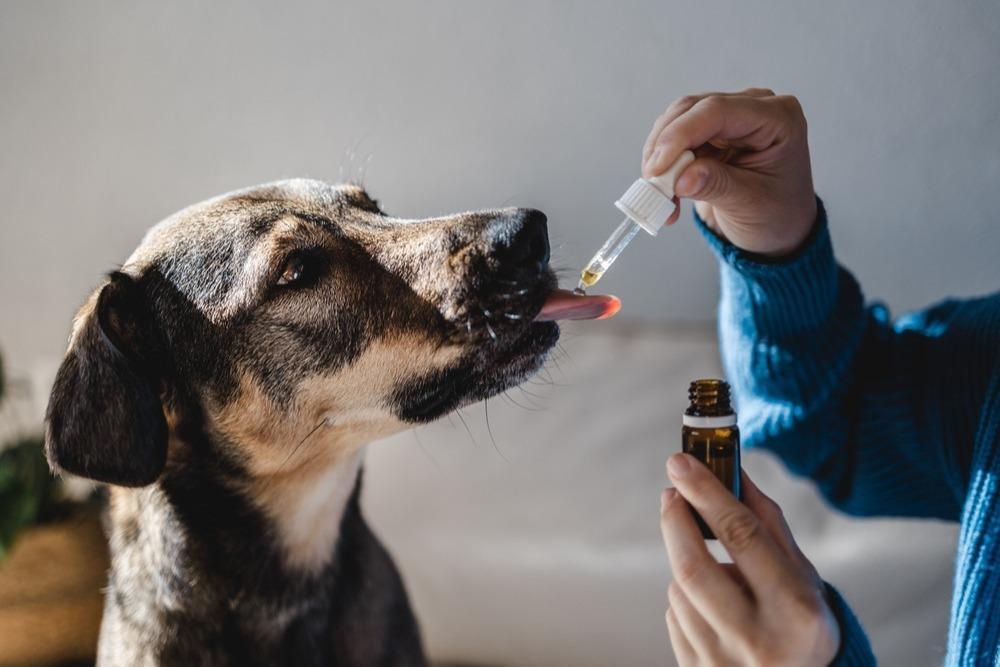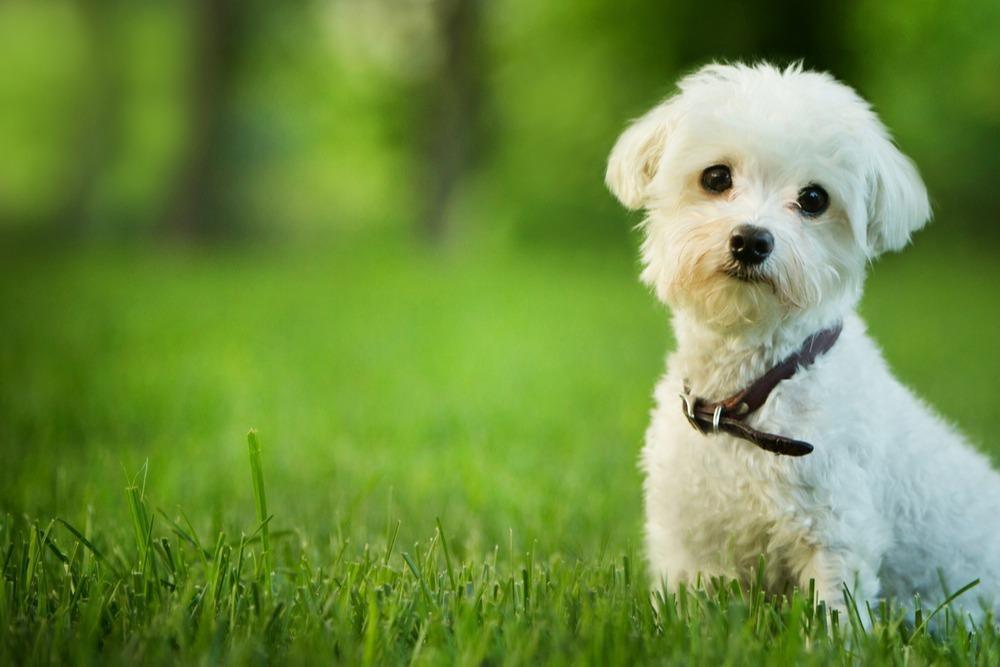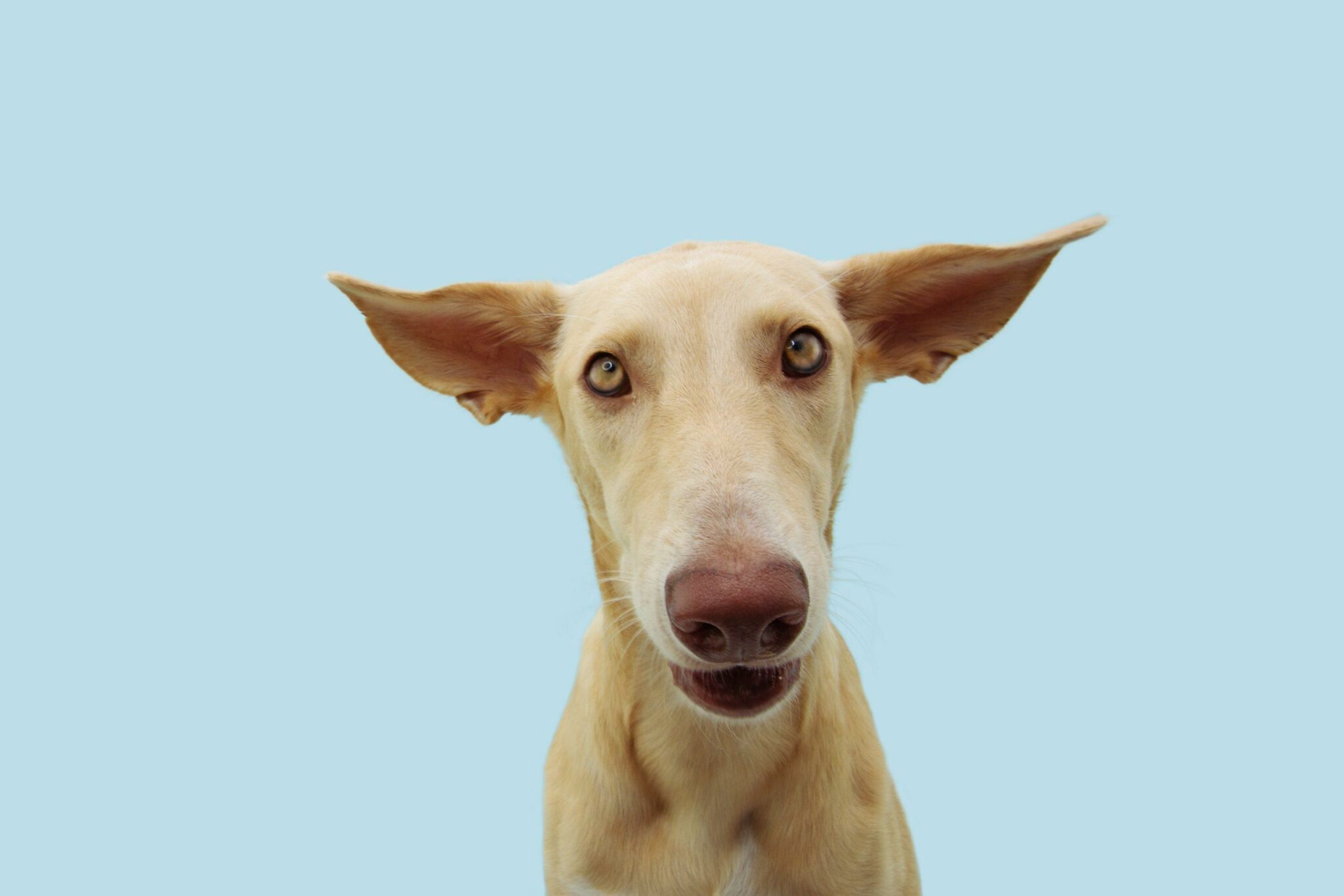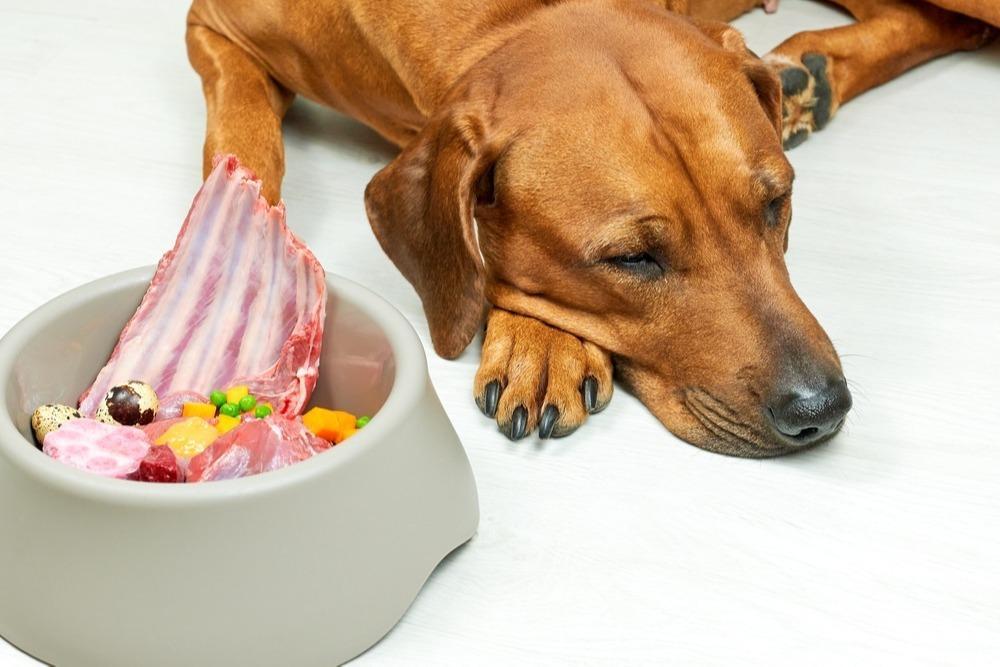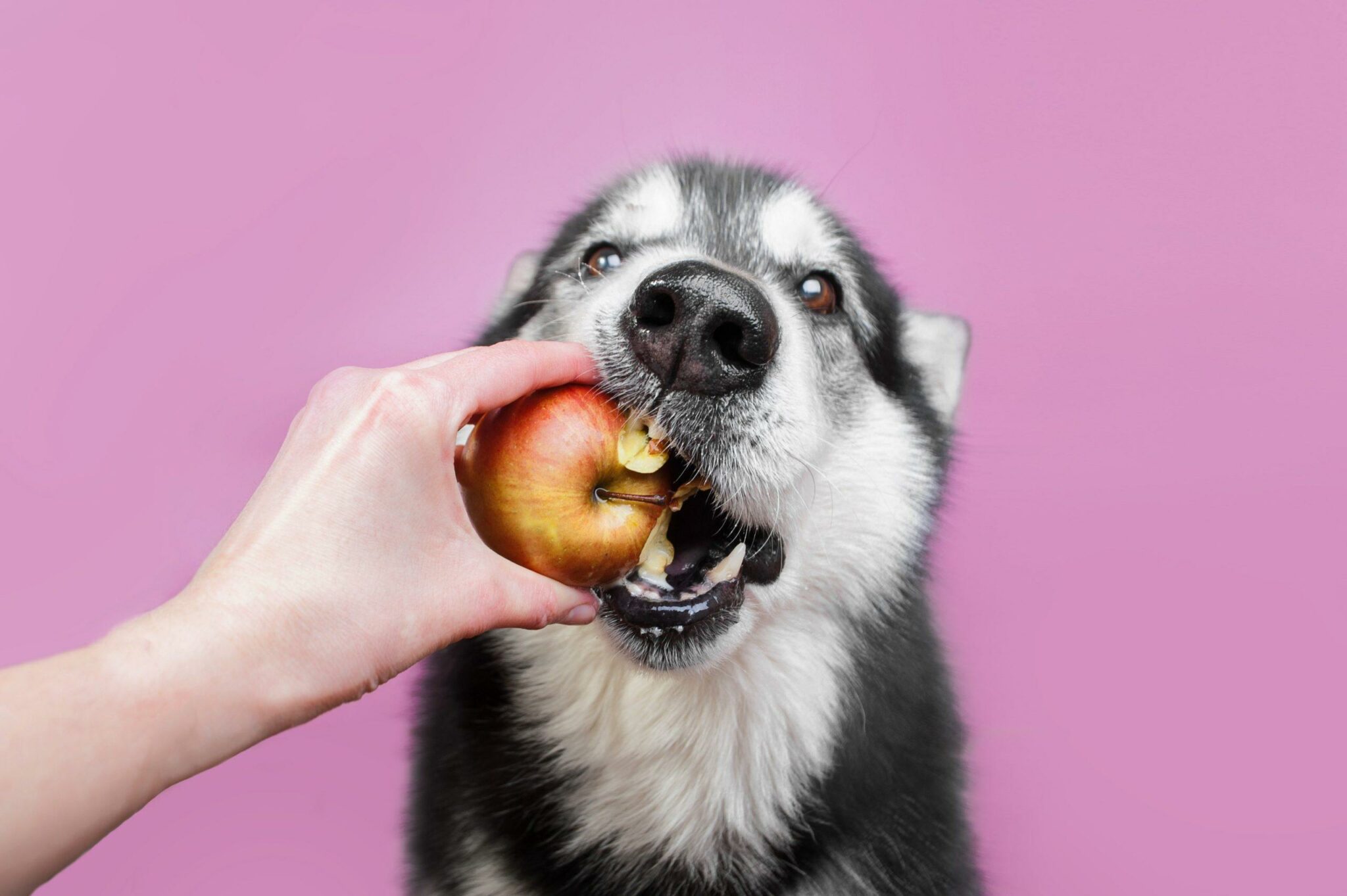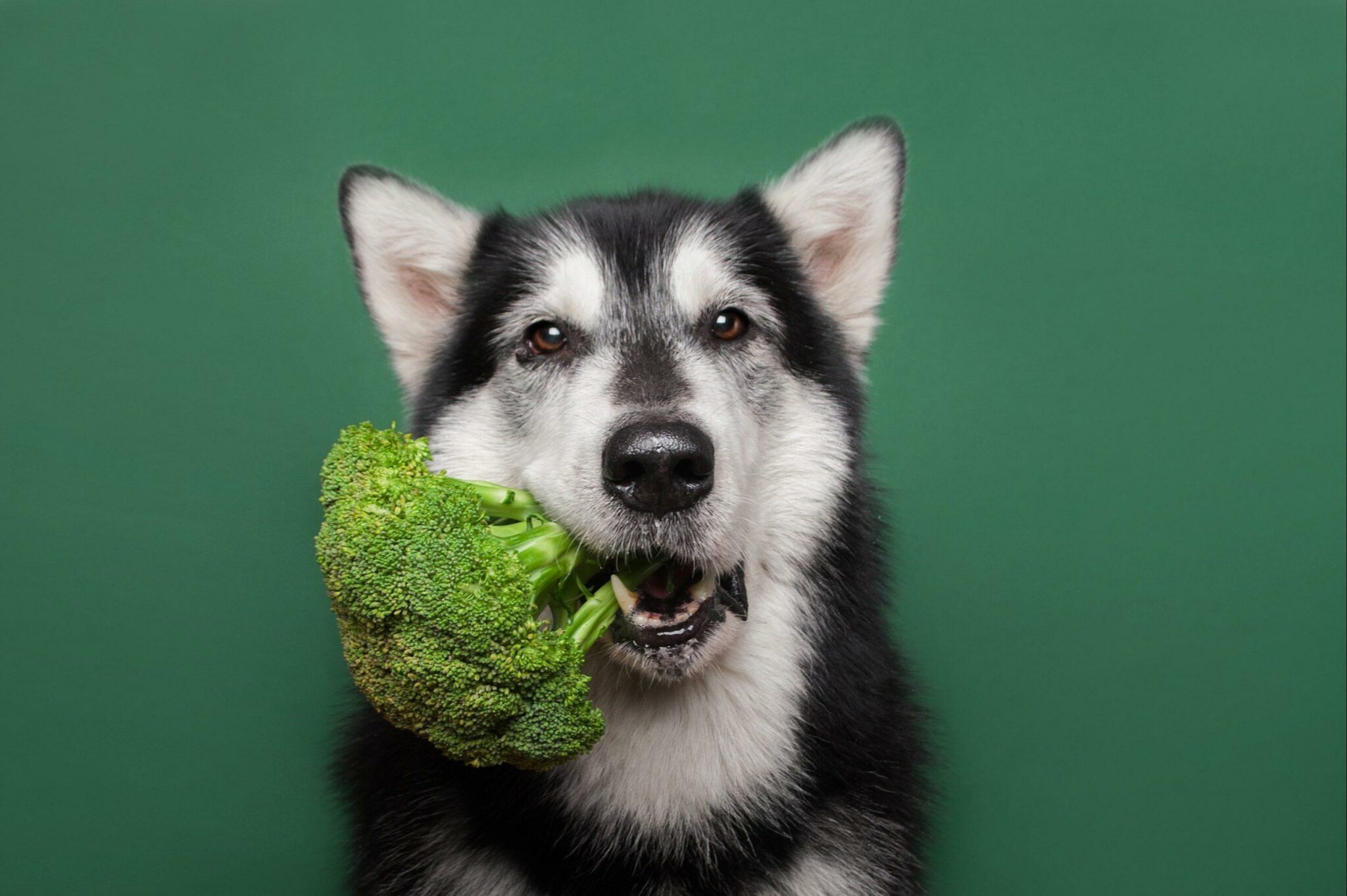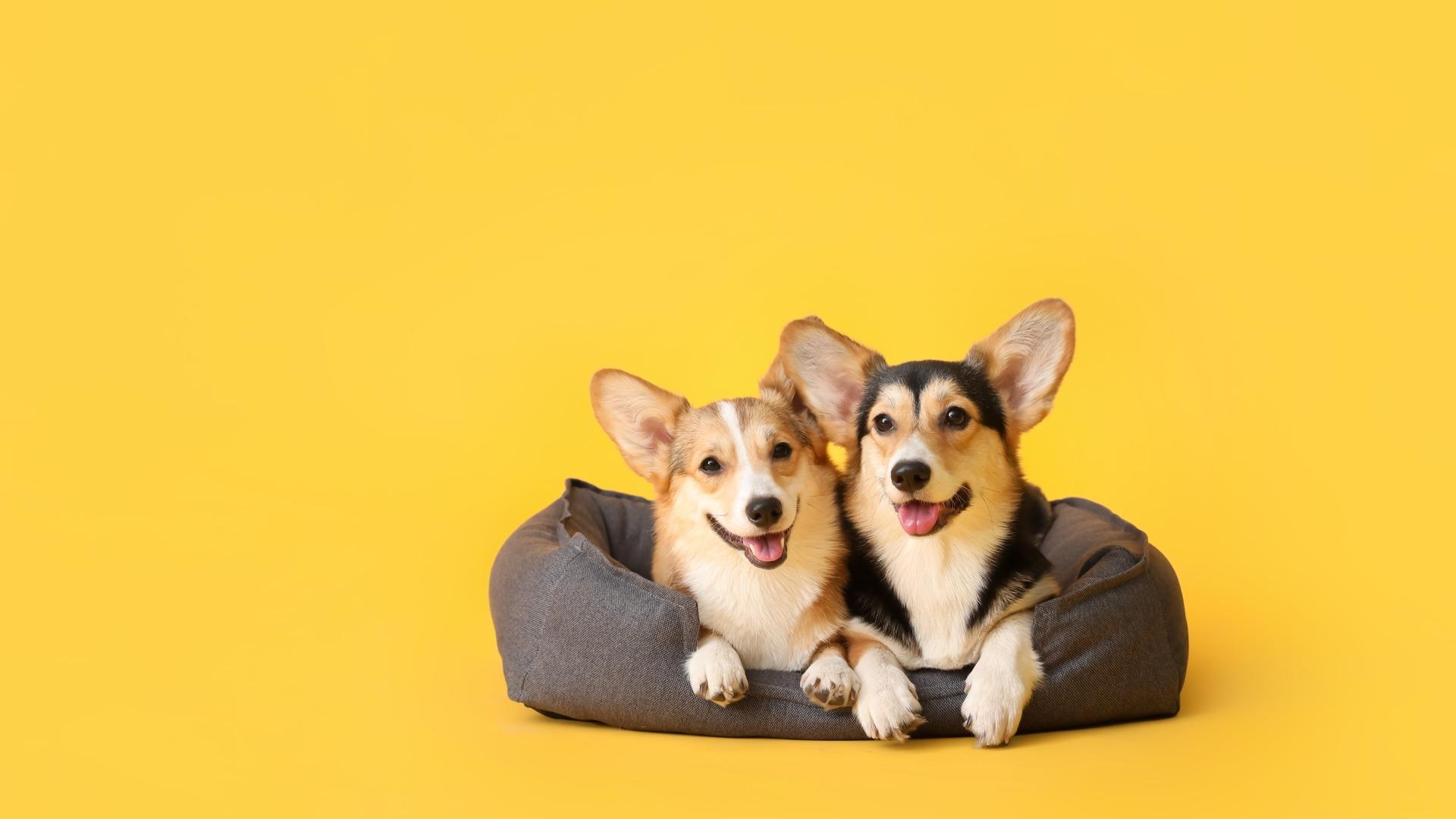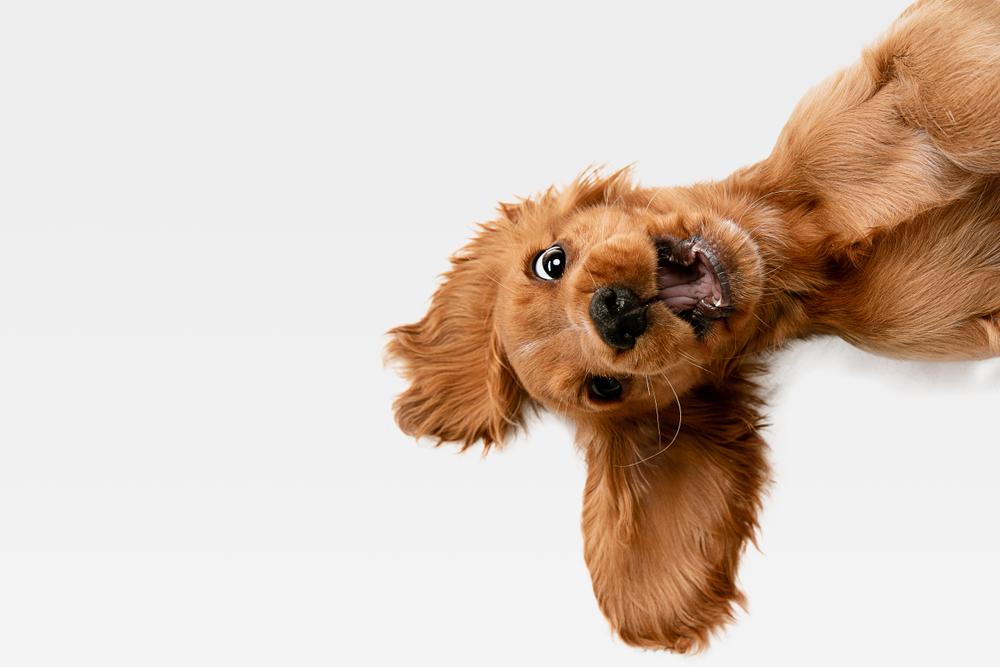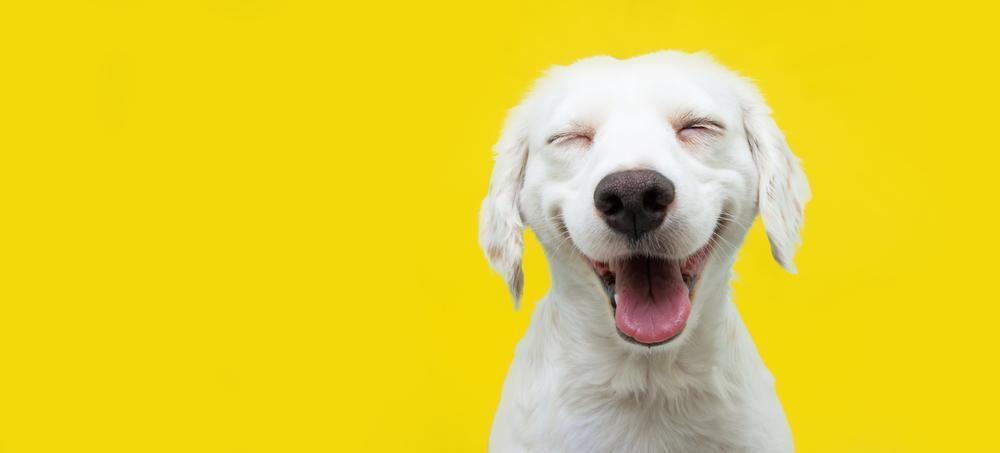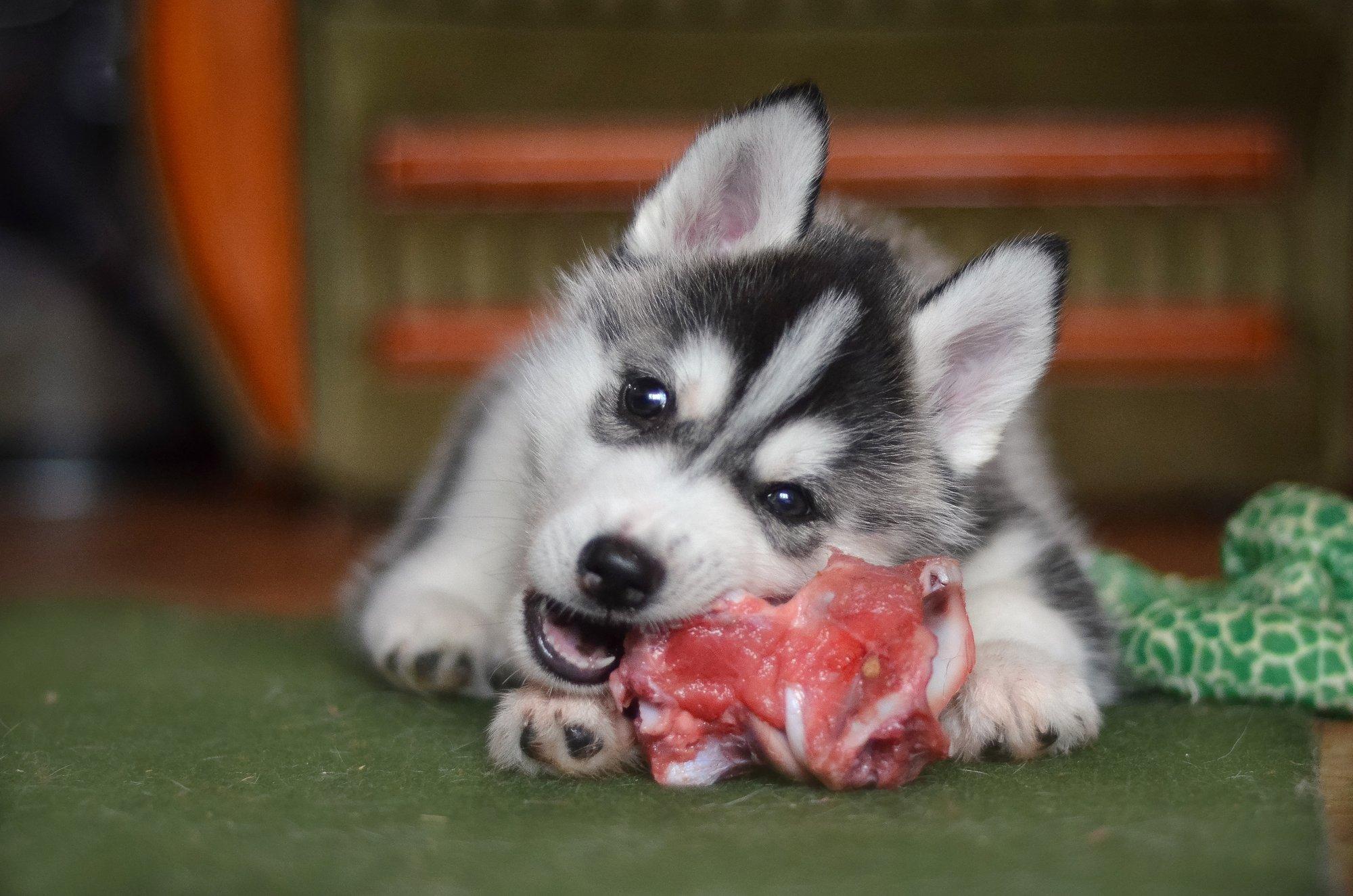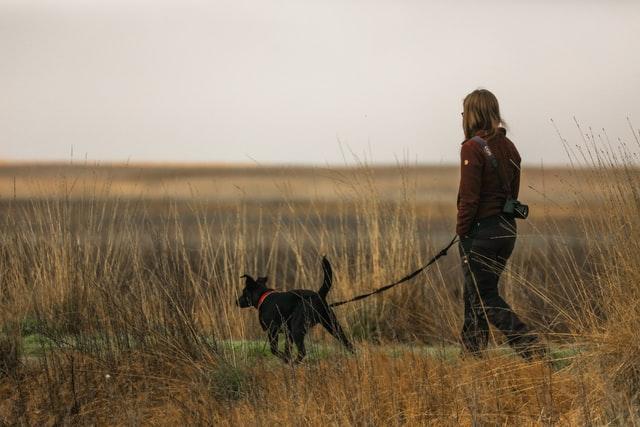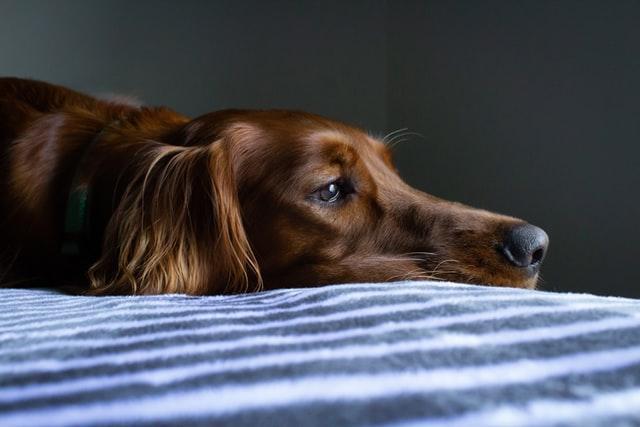We all understand the importance of taking our dog for that daily walk – not only to provide physical exercise, but to sniff, play and have a stroke from the neighbours.
Yet, what we sometimes forget, is the importance of mental stimulation for our faithful friends. Not only are brain games known to help ward off cognitive decline, which is crucial for our ageing pets but brain games help reduce stress and manage anxious behaviours too!
Findings here
Time and time again,when given the choice, animals will always choose a more complex environment. So, as we look to support optimal health in all ways we can here at My Pet Nutritionist, we thought we’d compile some of our favourite brain games for dogs!
1) Name Game!
Here, we are teaching our dog the name of all his toys.
Encourage your dog to retrieve one of his toys. As soon as he collects it, label the toy, “ball!” “rope!” etc. Repeat and praise as he retrieves it.
Start with one or two toys. If he doesn’t falter to retrieve the correct toy, introduce more toys. This game is testing his memory as well as his recognition.
This game is perfect for those toy orientated dogs – providing they don’t choose to run off with the toy and ignore you. If this happens, calmly ignore them until they return. Remember, you are praising and providing attention for the behaviour you want to see!
You can always use this game to introduce tidy up time – as you ask your dog to retrieve specific toys, hold your hands over an allocated storage box. As he brings the toy to the box, label the behaviour “tidy!” Praise and reward.
2) Spin the bottle!
Perfect for those food orientated pooches. You will need:
A sturdy plastic bottle (we know it’s not eco, but not so bad if you are able to recycle)
A cross bar – a piece of doweling or bamboo
Pierce holes on opposite sides of the bottle – large enough so you can push the cross bar through. You should be able to hold the cross bar and the bottle will spin around on the bar.
Put some small treats into the plastic bottle to start with, so it’s easy for your dog in the first attempt.
Food orientated pooches will immediately sniff out the treats in the bottle and attempt to get them out. They need to learn to spin the bottle, so the treats fall out.
Once they have figured out the basic idea of the game, you can make it more difficult by using a range of sized treats, so some fall out quite easily, others don’t. Or you can move you hands to the cross bar and provide some resistance as they spin the bottle.
Remember to make allowance for any additional food/treats in allocated mealtimes. It can soon add up!
3) Gone Potty
Another one for those food orientated pooches and another one to make them think.
What you will need:
High value treats
3 plastic plant pots
Start with one pot upside down and place a treat underneath it. Allow your dog to watch you place the treat.
Encourage your dog to knock the pot over to get to the treat.
Introduce another plant pot – allowing your dog to watch which pot you put the treat under.
Eventually, you can be working with the three plant pots. Your dog has to figure out where the treat is – he may have watched you, or he may have sniffed it out. Watch for impatient dogs who just knock all the pots over to find it; a different game may be best for them; brains over brawn after all!
4) Shy Dog!
What you will need:
Post it notes
Treats
Place a post-it-note on your dog’s nose. He should instinctively paw at it to remove it. As he does, praise and reward him.
Repeat.
Don’t worry if he removes it, just apply another one.
As he paws to remove the note, label the behaviour “shy dog” or whichever command you think fits.
Repeat. Eventually, he should be a shy dog, on command.
5) Treasure Hunt
A super-easy brain game is the good old treasure hunt.
First of all, figure out which reward your dog places a higher value on. Offer him food and toy rewards on the ground. Watch the reward he chooses first. This will be your treasure. Whichever he opts for, you are going to hide it around your home.
Place treats/toys behind cushions,curtains, under tables or stools, behind doors, in boxes etc. Just be mindful that you place the treasure where it’s safe to access and you’re sure your dog won’t just barge their way around your home to find it!
You may have to show your dog where you are hiding the treasure when you first introduce this game, just until they get the hang of it.
You can build tidy up time into this game if you are using toys too!
Inadequate mental stimulation can present in many ways from pacing and destruction to self-licking and self-harm. To support our dog’s health and well-being, we need to provide for both his physical and emotional needs. Brain games are a great place to start! Whilst we may conjure up images of our dog’s equivalent of Sudoku, brain games simply provide cognitive challenge. The important thing is to provide just enough challenge – if your dog seems disinterested, try a different game, if they seem frustrated, end the session with something you know they can do, and try to approach the game in a different way next session.
As Ignacio Estrada poignantly suggested, “if a child can’t learn the way we teach, maybe we should teach the way they learn.”
The same applies to our dogs.
Thanks for reading!
Team MPN x


